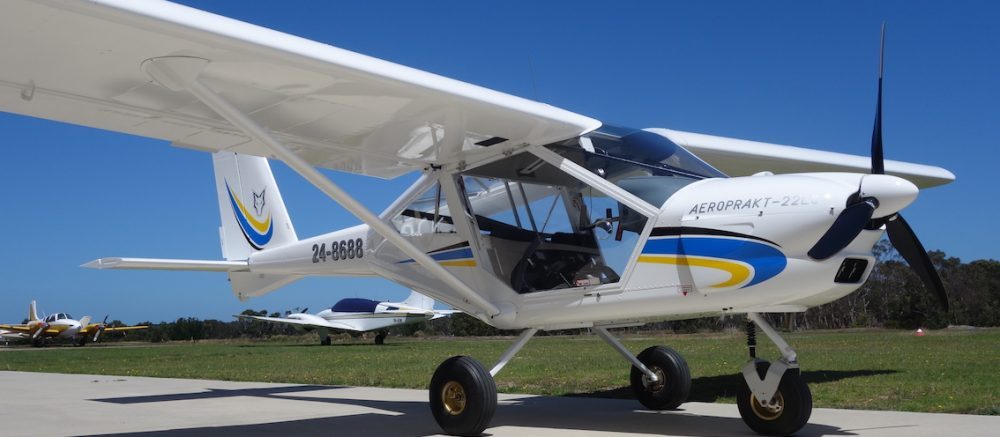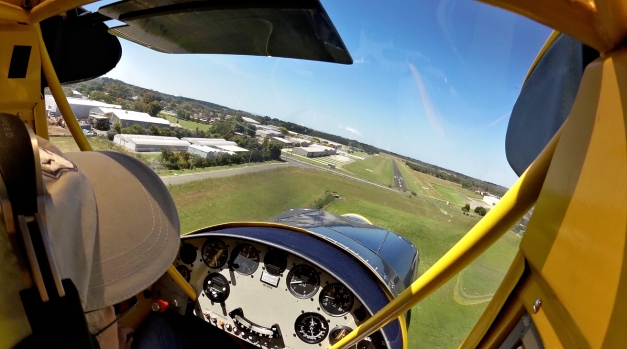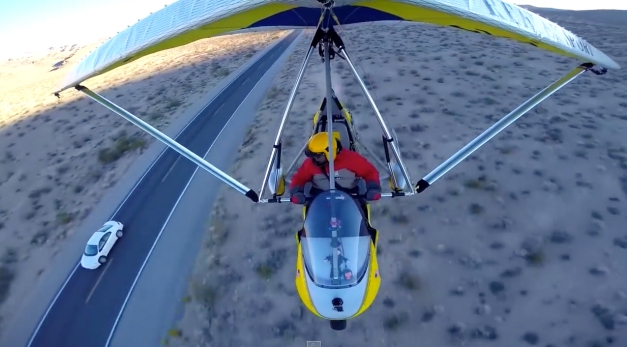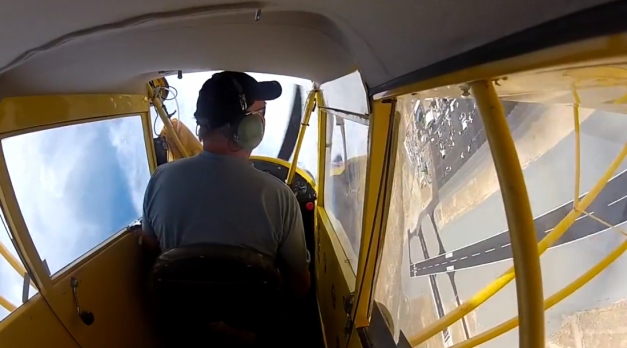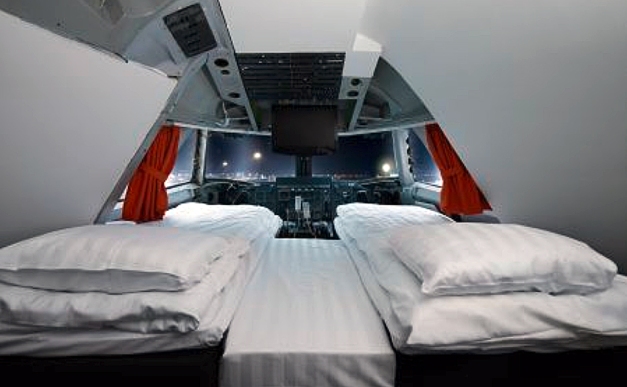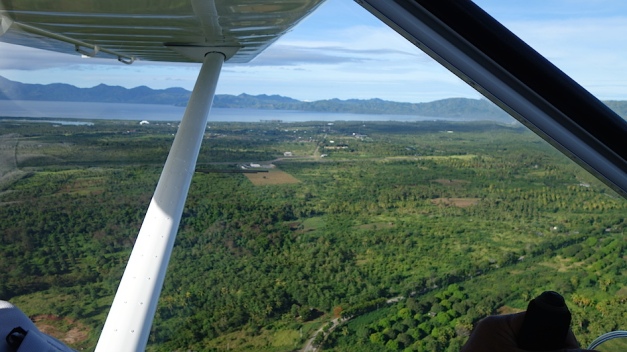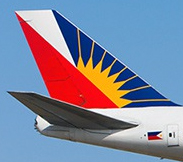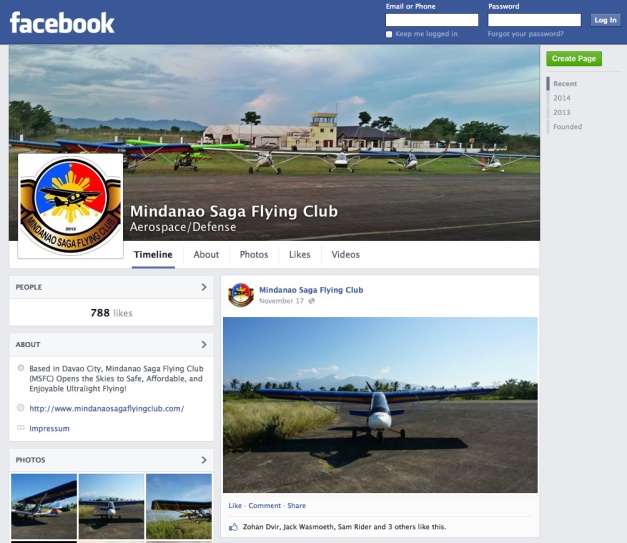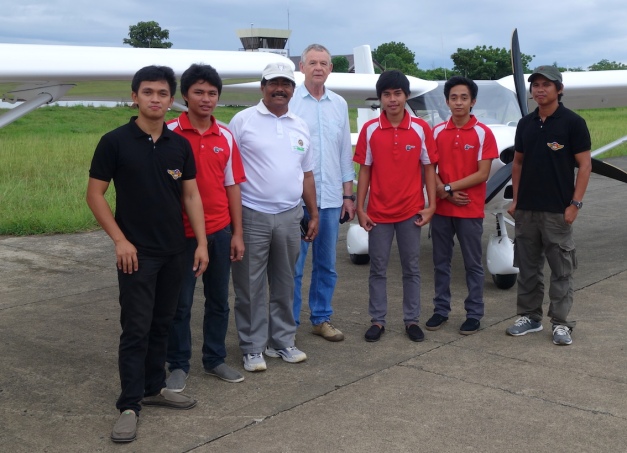
L-R: Archie, Chris, Club Chairman Sam, Peter, JR, Jay R, Wouendel
It’s Friday afternoon and four days of preparation and re-assembly work is now complete and both Foxbats for the Mindanao Saga Flying Club (MSFC) have been test flown satisfactorily. All is very well with both aircraft performing to or better than specification.
A team of young trainees led by Archie, the senior engineer, helped put both aircraft together efficiently and quickly. I have been so impressed with their eagerness to get involved and learn all the quirks and foibles of putting the aircraft together. In fact, this same team recently built a Kitfox (from a kit…) for the club and their work is impeccable. The paint, in particular, is near perfect, which, considering the heat and humidity, is a huge credit to their attention to detail. I only had to explain something once and the job was done quickly and cleanly.
We spent a fair bit of time on the first Foxbat (serial #222) to make sure the entire reassembly process was clear. I was also able to offer a few useful tips on the order of installing some items to make life easier. As a result, the second Foxbat (serial #223) went together much more quickly. #222 has now completed almost 5 hours of flying and #223 nearly 3 hours – everybody wants to fly them!
In addition to test flying the two Foxbats, I have also signed off two instructors – Capt Sam and Terry – who have subsequently set about enabling some of the other pilots to get close to a clearance to fly the Foxbats solo. Some of the young engineers have also been taken for a flight.
Finally, as well as the Foxbats, I have been lucky enough to be taken for flights in several other club aircraft alongside an instructor. First was the aforementioned Kitfox – did someone say they can be a bit skittish on landing? Don’t believe it! We had a great flight down the peninsula, round the light house and back – about 35 minutes.
Then a Quicksilver MX-2 Sport, a true open framework old-style ultralight with a pusher configuration engine, this one with a 912 series 100hp Rotax, which was bags of fun – sitting out there in the open with just an airspeed indicator and a wool thread for a slip ball really gets you down to basics!
Third, I went flying in the club chairman’s Kolb Mk-III Xtra, another pusher configuration aircraft with a 912 100hp Rotax, but with a tailwheel. The Kolb is very pretty to look at but does not have the pleasantest of flying characteristics, particularly in the roll axis. For once, the old saying: ‘if it looks right, it will fly right’ was confounded.
Finally this morning I went for a flight away from the coast and up into the hills in what has until now been the mainstay of the club training fleet – a Quicksilver GT500-912. Yet another pusher configuration but with a nose wheel and tandem seating. We flew with the doors zipped off and it is a most enjoyable aircraft to fly – I can see why it has hitherto been used as a basic trainer.
On Saturday morning, I’ll be packing my bags and starting the long journey back to Melbourne. I will write a short note on other aspects of my visit as well as some more pictures when I get home. But meanwhile, if you want a break from your local flying, I can’t recommend a better place to come for a week or so than here at Mati Airport with the Mindanao Saga Flying Club. The aircraft are great – I can particularly recommend the Foxbat! – the overnight accommodation is very comfortable and the food is good. You couldn’t wish to meet more hospitable people.
Thank you to everyone at Mindanao Saga for a magical week!
 As it’s 2015 already, here’s a brief list of some upcoming air events for your diary. If you know of any others in 2015 worth a mention – please let me know and I’ll publish an update.
As it’s 2015 already, here’s a brief list of some upcoming air events for your diary. If you know of any others in 2015 worth a mention – please let me know and I’ll publish an update.